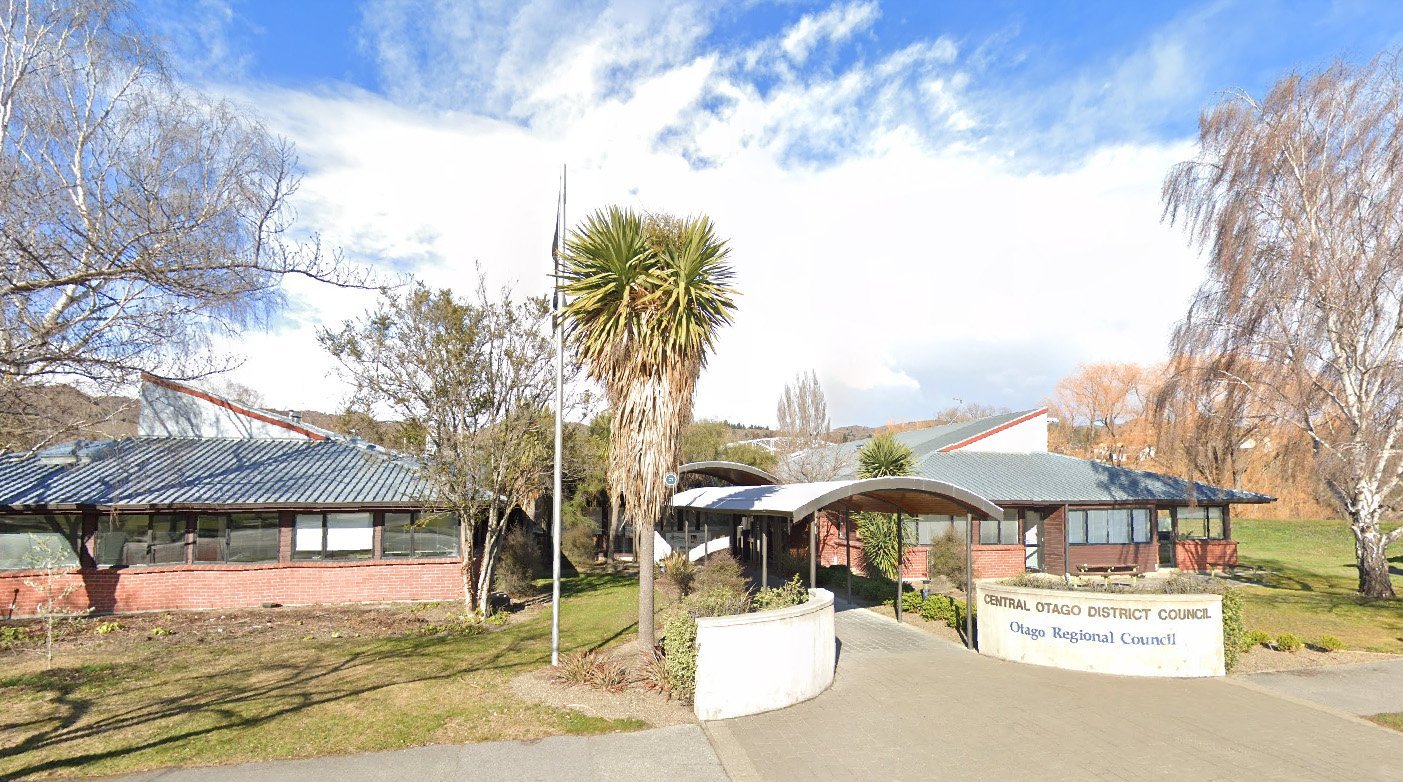Central Otago residents may need to tighten their belts after the district council signed off an 11.2% rates rise.
At its meeting last week, the Central Otago District Council (CODC) unanimously agreed to the rise — up from the 7.2% rates rise anticipated two years ago and the 10.4% increase consulted on in the 2023-24 Annual Plan.
Chief financial officer Susan Finlay said council staff had spent considerable time balancing affordability while maintaining a level of service.
Mayor Tim Cadogan said while it was always known it would be a ‘‘bump in the road year’’, the increase was ‘‘well beyond’’ what the council had done in the past.
‘‘The 11.2% rates rise that’s proposed is probably something none of us sitting around the table, certainly in recent years gone by, will have envisaged,’’ he said.
‘‘Unfortunately we’ve hit a perfect storm where we’ve had depreciation increase because our assets have increased significantly in value, like other households our insurances have gone up, we got new water compliance and drinking water standards that have come through unexpected. . .and general inflation costs like everyone else.’’
The only way to reduce the rates rise would have been through cutting services, as there was no way to reduce the costs being imposed on the council.
He did not rule out having to look at cutting services if cost increases were set to continue in next year’s long-term plan.
If that was the case, there would need to be conversations with the community about which services the council might have to look at withdrawing or reducing, he said.
‘‘This isn’t a council that is going to hide realities through things such as not depreciating assets, or creating bow waves for future generations — there’s been too much of that gone on in local government.’’
Deputy mayor Neil Gillespie said he was surprised other councils were not facing the same pressures, and wondered what they were doing — or not doing — that was making a difference.
‘‘It’s not a nice thing to be feeling you are doing to your community, but what else do you do?
‘‘And there’s a whole lot still that we’re not doing — we’re not doing a lot in social housing, we’re not doing a lot in that social community space that we could be doing that the community are asking us to do.’’
If the community wanted those things they would need to foot the bill, he said





